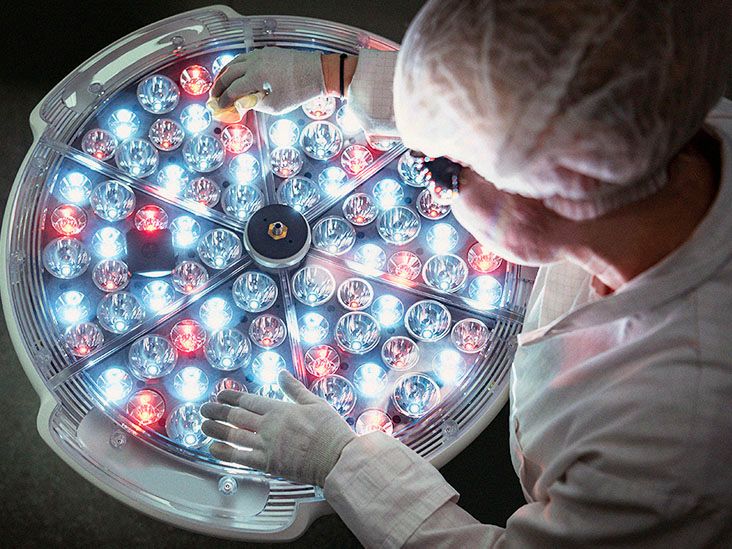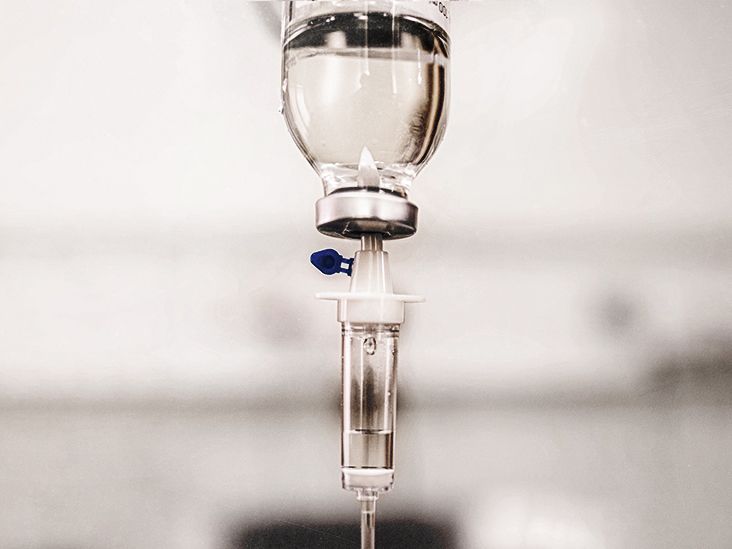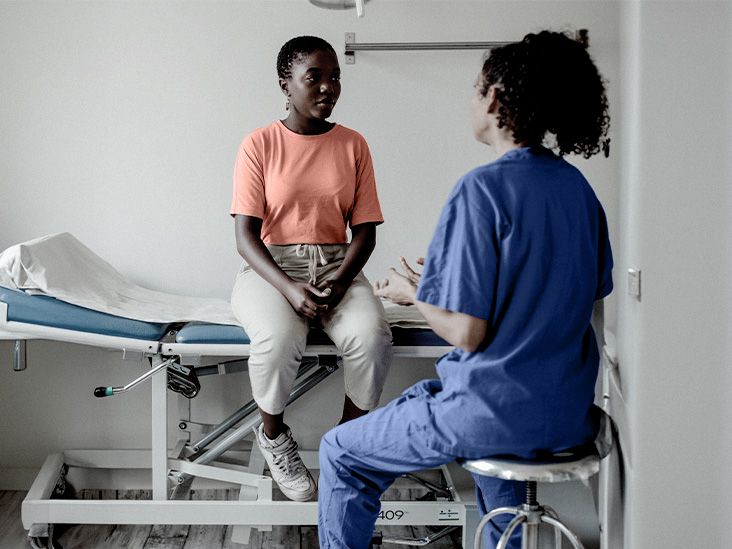Antibody-drug conjugates (ADCs) are new drugs that combine a monoclonal antibody with a chemotherapy drug. They can specifically target cancer cells to deliver potent chemotherapy drugs.
ADCs combine monoclonal antibodies with chemotherapy drugs. They work by directly targeting cancer cells and delivering chemotherapy drugs to those cells.
By doing so, the risk of damage to noncancerous cells and toxicity side effects are reduced. This can make ADCs a more effective treatment option than conventional chemotherapy drugs.
Learn more about antibody-drug conjugates, which types the Food and Drug Administration (FDA) has approved, how they compare with other treatment options, and their side effects.
Currently, there are three FDA-approved ADCs for the treatment of breast cancer. These include:
- ado-trastuzumab emtansine (T-DM1/Kadcyla)
- trastuzumab deruxtecan (T-DXd/Enhertu)
- sacituzumab govitecan (SG/Trodelvy)
All these drugs combine monoclonal antibodies with chemotherapy drugs, but each works slightly differently.
Ado-trastuzumab emtansine (T-DM1/Kadcyla)
This drug works by combining the antibody trastuzumab with a drug called emtansine. Trastuzumab works by binding to HER2 proteins that are found on the cells of HER2-positive breast cancer. By binding to those proteins, it helps deliver the chemotherapy drug to the targeted tumor cells and stop them from growing.
Trastuzumab deruxtecan (T-DXd/Enhertu)
This ADC works by using the same antibody, trastuzumab, but linking it to a drug called deruxtecan. In the same way as T-DMI, trastuzumab binds to the HER2 proteins on the breast cancer cells before delivering the drug deruxtecan directly to the tumor cells. This drug is a topoisomerase 1 inhibitor and works by blocking the DNA repair of tumor cells.
Sacituzumab govitecan (SG/Trodelvy)
In this ADC, the monoclonal antibody sacituzumab is linked with a drug called SN-38. Sacituzumab works by targeting the TROP-2 protein that is found on every subtype of breast cancer cells. Once this antibody binds to the protein, it releases the SN-38 drug. A topoisomerase 1 inhibitor, this drug blocks DNA repair in tumor cells.
ADCs are newer drugs that combine monoclonal antibodies with chemotherapy drugs.
ADCs significantly differ from conventional chemotherapy drugs in that they make it possible to deliver chemotherapy drugs to selective cancer cells in a targeted strategy. This can improve the effectiveness of treatment and reduce the risks associated with systemic toxicity, a common side effect of chemotherapy.
Chemotherapy and ADCs do have some similarities. They both enter the body via the bloodstream and can reach almost any area of the body. This makes them effective in treating cancer that has spread to distant parts of the body.
Targeted drugs like ADCs can sometimes be effective even when conventional chemotherapy drugs don’t work. They may also help other types of treatment work more effectively.
In contrast to chemotherapy and radiotherapy, which have side effects like killing healthy immune cells, having a nonspecific target, and creating toxic side effects, ADCs typically have minimal effects on noncancerous cells and can recognize the target cells accurately.
Like other drugs, ADCs can cause some side effects. Some of these symptoms may be mild, but in some cases, symptoms can be serious.
Ado-trastuzumab emtansine (T-DM1/Kadcyla)
T-DM1 contains a boxed warning from the FDA. This is the strongest possible warning the FDA requires and indicates that a drug has a significant risk for serious or life threatening adverse effects.
The boxed warning includes:
- hepatoxicity, including liver failure and death
- cardiac toxicity
- embryo-fetal toxicity, which can result in harm to the fetus
Pulmonary toxicity and infusion reactions or hypersensitivity are also possible.
The most common adverse reactions include:
- nausea
- musculoskeletal pain
- fatigue
- hemorrhage
- headache
- constipation
- low blood platelet count
- anemia
- low potassium
- nerve damage in the extremities
Trastuzumab deruxtecan (T-DXd/Enhertu)
T-DXd also carries a boxed warning, which includes:
- interstitial lung disease and pneumonitis, including fatal cases
- embryo-fetal toxicity
Low white blood cell count and left ventricular dysfunction are also possible.
The most common adverse reactions include:
- nausea
- decreased hemoglobin
- decreased lymphocyte count
- fatigue
- decreased platelet count
- elevated AST
- elevated ALT
- elevated blood alkaline phosphatase
- vomiting
- alopecia
- constipation
- decrease in blood potassium
- reduced appetite
- diarrhea
- musculoskeletal pain
Sacituzumab govitecan (SG/Trodelvy)
SG has a boxed warning for:
- severe or life threatening low white blood cell count
- severe diarrhea
Hypersensitivity and infusion reactions may also occur.
The most commonly reported adverse reactions include:
- low white blood cell count
- diarrhea
- nausea
- fatigue
- alopecia
- constipation
- increased glucose and alkaline phosphate
- vomiting
- reduced appetite
- decreases in albumin, magnesium, potassium, sodium, and creatinine clearance
Receiving a diagnosis of breast cancer can be overwhelming, and there may be many possible treatment options to consider.
These may include:
- surgery
- chemotherapy
- radiation therapy
- hormone therapy
- targeted therapy (like ADCs)
- immunotherapy
The cancer care team will explain treatment options, which may include more than one type of treatment.
The following factors will help determine the type of treatment:
- the grade of cancer
- the stage of cancer
- whether certain biomarkers are present
- overall health
- personal preferences
When making a treatment plan, it is important to ask the cancer care team about potential side effects, the ultimate goal of treatment, how long the treatment may take, and any other questions concerning the suitability of the treatment.
ADCs combine a monoclonal antibody with chemotherapy drugs. They are able to specifically target cancer cells to deliver chemotherapy drugs, reducing the chance of damage to noncancerous cells and toxic side effects.
Like any drugs, ADCs may cause side effects. It is important to find out their pros and cons when deciding on a treatment plan.



